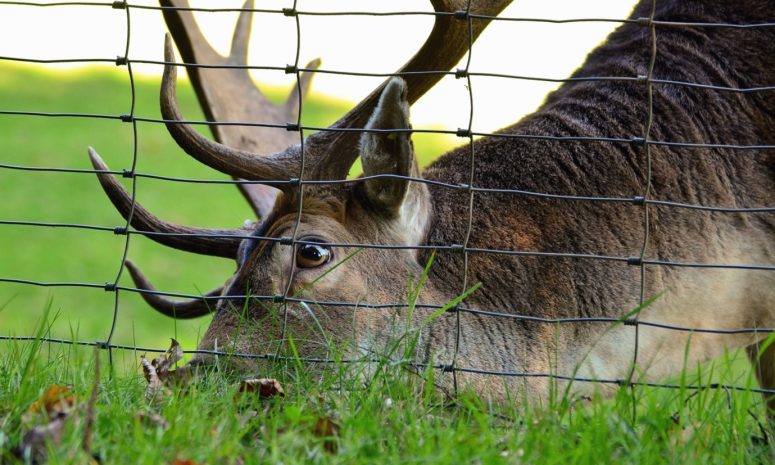
If you’ve installed a deer fence on your property, it’s important to maintain it properly to ensure its longevity and effectiveness. A well-maintained deer fence can protect your garden, crops, and property from deer and other wildlife for years to come. Here are some tips for maintaining your installed deer fence for longevity.
Regular Inspections
Regular inspections of your deer fence are crucial to ensuring its longevity. Inspect the fence at least once a year to check for any damage, wear and tear, or signs of animal activity. Look for any areas where the fence may have been pulled down, chewed on, or damaged by wildlife. You should also check the posts and gate hinges for stability and proper alignment.
Make Repairs Promptly
If you notice any damage to your deer fence during your inspection, it’s important to make repairs promptly. Even minor damage can compromise the effectiveness of your fence and make it easier for deer to enter your property. Repair any holes, tears, or damage as soon as possible to prevent further damage and maintain the integrity of the fence.
Clean and Clear Debris
Debris such as fallen leaves, branches, and other vegetation can accumulate around the fence and weaken its structure. It’s important to clear any debris away from the fence to prevent it from weighing down the fence or creating areas of weakness. Additionally, debris can provide cover for animals looking to sneak into your property. Keeping the area around your fence clean and clear can help deter animals and make it easier to spot any potential breaches in the fence.
Trim Vegetation
In addition to clearing debris, it’s important to trim vegetation around your deer fence. Overgrown shrubs, bushes, and trees can provide a pathway for animals to climb over or through the fence. Trimming vegetation around the fence line can help to prevent animals from using it as a bridge to get over your fence. Additionally, keeping vegetation trimmed back can help improve visibility along the fence line, making it easier to spot any potential breaches.
Consider the Weather
Weather conditions such as wind, snow, and ice can impact the integrity of your deer fence. After a severe storm, it’s important to inspect your fence for any damage that may have been caused. Strong winds can pull down the fence, while heavy snow or ice can weigh it down and create areas of weakness. Additionally, temperature changes can cause the fence to expand and contract, which can affect its stability over time. Take the weather into consideration when maintaining your deer fence and be sure to address any damage promptly.
Keep Gate Latches Secure
The gate of your deer fence is one of the most vulnerable areas, as it’s the only entry point. It’s important to keep the gate latches secure to prevent animals from pushing or pulling the gate open. Check the gate latches regularly to ensure they’re working properly and make any necessary adjustments or repairs. Additionally, consider installing a lock on the gate to provide an extra layer of security.
Conclusion
Maintaining your installed deer fence is crucial to its longevity and effectiveness. Regular inspections, prompt repairs, clearing debris, trimming vegetation, considering weather conditions, and securing gate latches are all essential for maintaining the integrity of your fence. By taking these steps, you can ensure that your deer fence provides reliable protection for your property for years to come.




